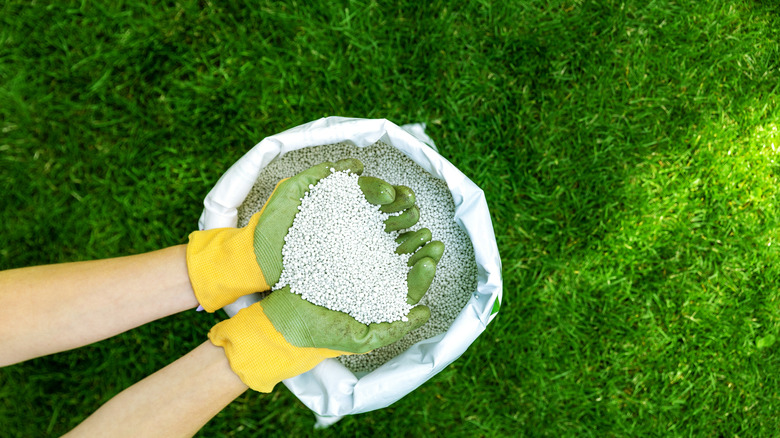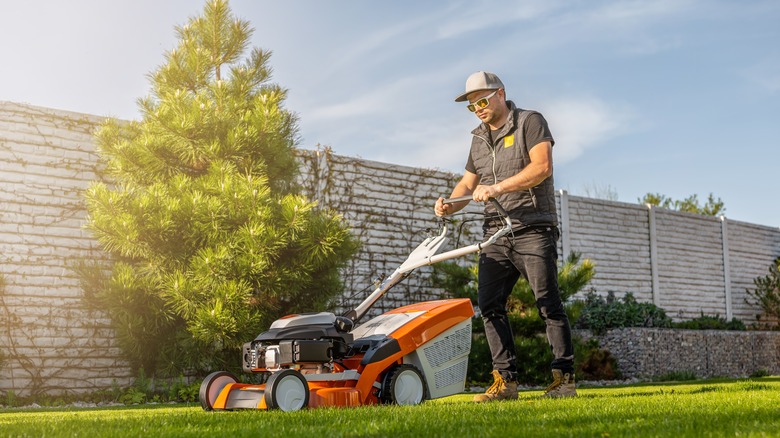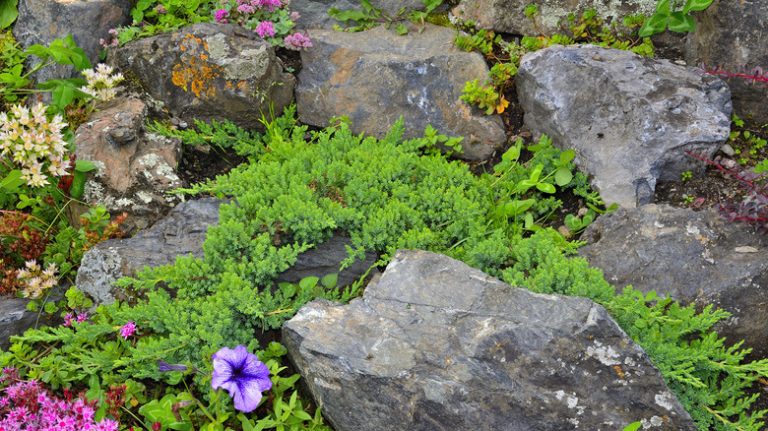When attempting to grow a lush, green lawn, it can sometimes feel like every little tender blade of grass needs to be gently coaxed into existence. You know what doesn’t need a bunch of TLC? Weeds. They’ll grow anywhere and everywhere if the conditions are right and they’re left unchecked. Fortunately, there are a few things you can do to discourage weeds from ruining that beautiful patch of grass this spring.
The ugly truth is that weeds are out for themselves. Their strategy is to hog all of the water, nutrients, sunlight, and such away from your turf grass so that they can take over completely. Ideally, the best route to a beautiful lawn is preventing weeds from making inroads in the first place. This is where pre-emergent herbicides come into play. They are applied on a specific schedule to the lawn before weeds are visible. Ideally, pre-emergents keep weeds from growing because they stop them from germinating. Pre-emergents alone won’t bring a lawn to its very best form. Mowing technique and fertilizing are just as important.
Why every lawn needs fertilizing

Few truly luxe-looking lawns get that way without a regular schedule of fertilizer. That’s because fertilizing treatments supply the grass with nitrogen. This allows it to hold up better during extreme weather swings and prevents troublesome pests from causing damage. When a lawn gets weak, it makes it easier for weeds to take over and wreak havoc.
It’s important to fertilize your lawn according to the specific grass type and climate, however, because too much fertilizer can cause its own problems like root damage. In contrast, under-fertilizing makes it more susceptible to disease and pests. Fertilizer success does depend on a little bit of know-how. For example, never fertilize when the ground is saturated, or if you know a storm is about to blow in. All of the good stuff will just roll right off and fail to do its job. Also, if you’re doing the fertilizing yourself, research the best time of year for the chore based on where you live because that will affect its success rate as well.
Mowing properly to prevent weed growth

It can be really tempting to cut the grass very short in order to go longer between and get the most out of each mow. However, this is actually counterproductive to the lawn’s overall health. When the blades are too short, it lets the sun break in and dry out the soil. The grass does much better if the ground is still a bit damp. If the grass is compromised, it becomes that much easier for weeds to take hold and thrive because anything trying to grow underneath is getting much-needed sun access.
Ideally, the grass should be mowed at 3 ½ to 4 inches to prevent or discourage weed growth, per Michigan State University. This extra bit of height provides enough shade to outdo crabgrass and broadleaf weeds, two commonly reported complaints. As an added bonus, MSU says that mowing at this height will also improve the root system, making it more hardy during periods of drought.



